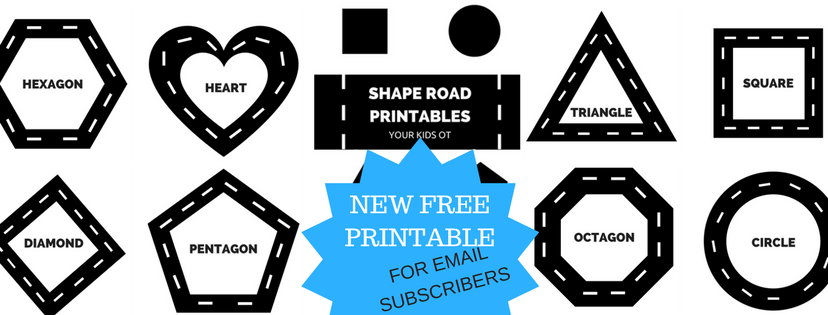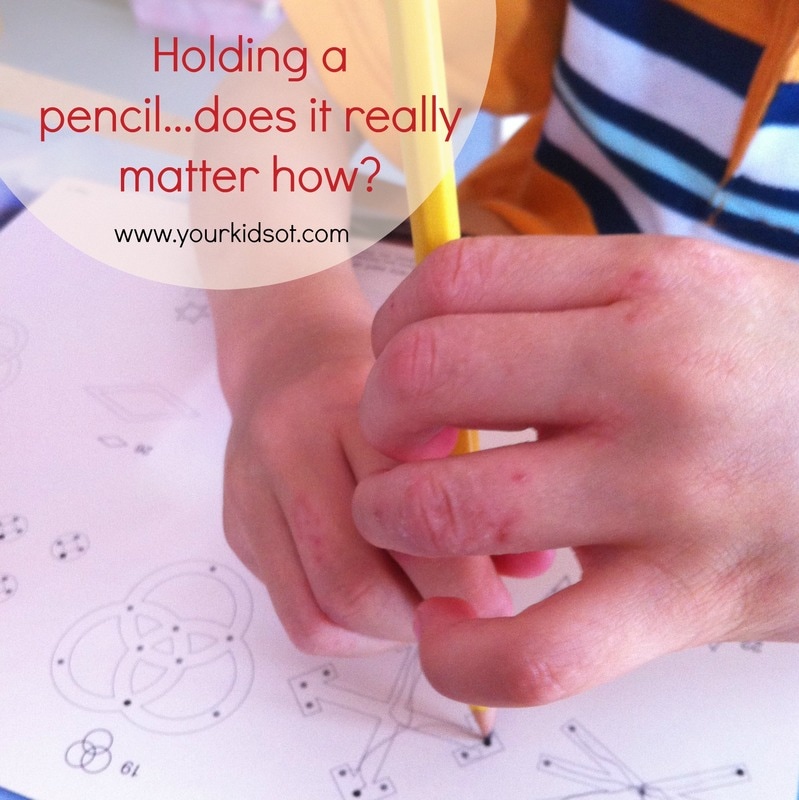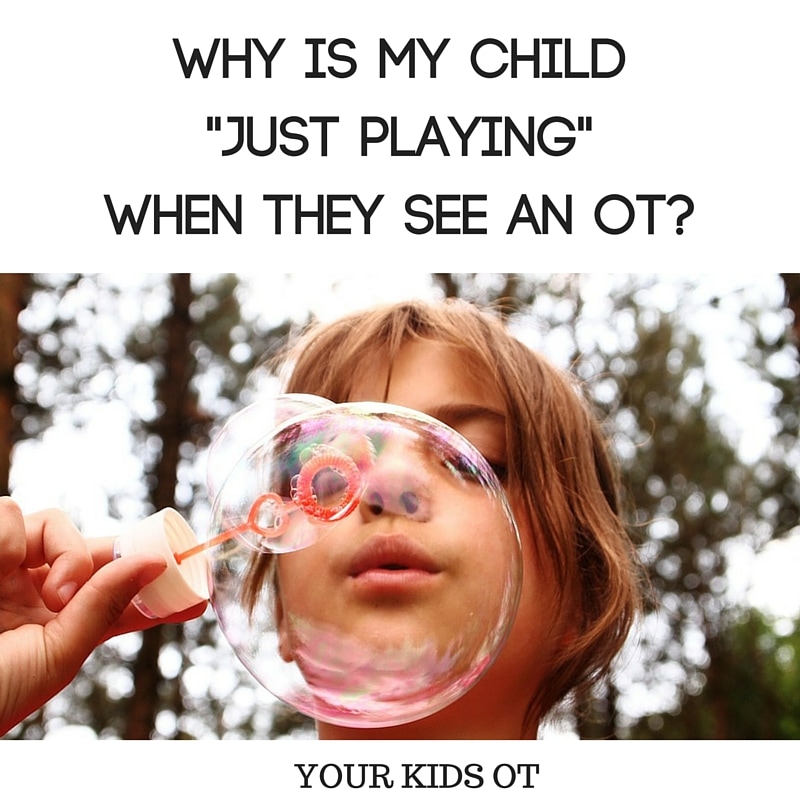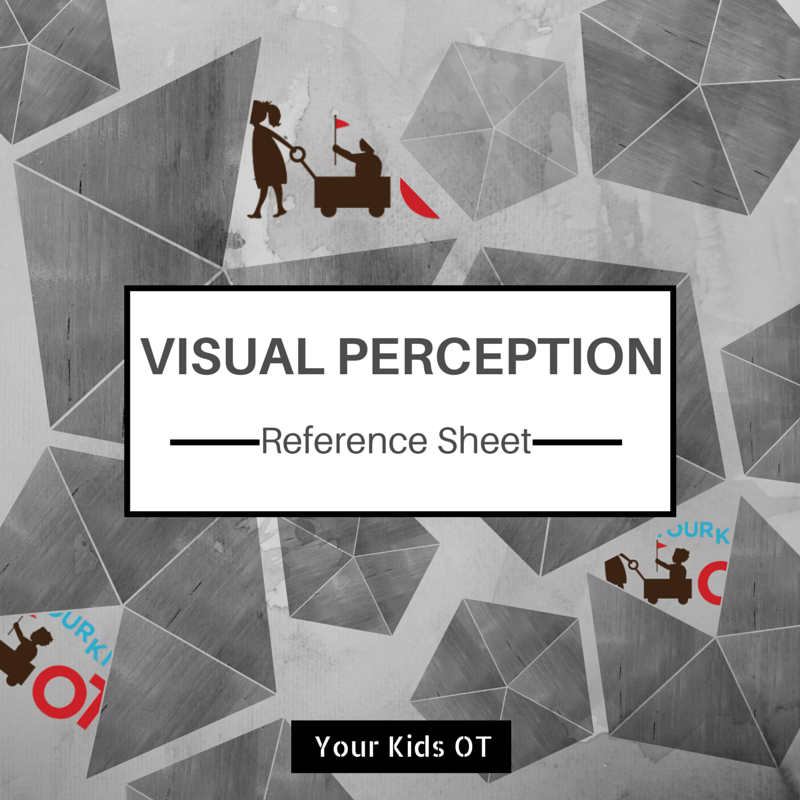|
Children learn through play. They learn by doing, experiencing things for themselves. We want our children to be safe, however risk tasking is an essential feature of play and healthy childhood development. I was recently interviewed by a current affairs television program about a local playground which has been controversial with some parents regarding it's risks. The segment understandably hasn't aired (and may not air) as I think there have been and continue to be bigger issues in the world right now. I thought I would share some of my thoughts on risky play for children with you here. Australian Playground Safety Standards On the 30th August, 2017 the Australian Standards issued a new Playground Safety Standard for the development, installation, inspection, maintenance and operation of playgrounds. The objective of AS 4685.0 is to minimize the risk of injury to playground users. Professor David Eager, Chairperson of the Technical Committee CS-005, Playground Equipment, "Risk is an inherent feature of playtime and there are many acceptable risks as part of a stimulating and challenging learning environment. The solution is not to wrap kids in cotton wool; the standard is all about challenging children and developing important life skills. AS 4685.0 introduces a risk benefit analysis technique that allows operators and owners of playgrounds to quantify their exposure to hazards using techniques that are simple to apply. Then they can make evidence-based decisions with regard to the maintenance, repairs and the timely replacement of their assets” . CEO of Standards Australia, Dr Bronwyn Evans said “the standard helps promote one of the joys of an Australian childhood. In a world that is increasingly digital it is important that children enjoy physical play environments as well,” added Dr Evans.* Playgrounds in general provide a hands-on opportunity for children to learn about their bodies and the environment that they are interacting with. When you include risky elements in play, children can challenge themselves to try new things and work out what is an acceptable risk for them. There are opportunities for children to have physical challenges with bodies... their balance, their strength and movement. In an experiential and experimental way; children can work out how far, how high, how heavy or how wobbly something is. They can work it out for themselves and make adjustments. Beyond the physical development, educators and occupational therapists get excited by the social emotional skills that are gained from these experiences. Children learn problem solving – trying different ways to work something out, perseverance – trying things over and over, resilience – how to react when something doesn’t work and confidence when something is achieved. This can be impactful to a child's self esteem and also help them to know when to ask for help. What can parents do? Risky play does not mean unsupervised play. It is not an excuse for parents to be looking at their phones rather than their children. I love my phone as much as the next person; but playgrounds should be seen as opportunities for interaction, engagement and supervised play. We as parents can help our children to manage their risks. Firstly, we can stop ourselves from jumping in too quickly to solve the problems. Supervised play does not mean making every decision for our child. We can help our children by giving them the opportunity to problem solve and learn the consequences of their choices. We can help our children to look at a situation or problem from a different perspective – I wonder if that log would work? I wonder if we pushed instead of pulled what would happen? Is that bridge going to be wobbly? What if we held on with two hands? We can help our children with positive self-talk such as “I can do this. Let me try again. I’m not giving up.” We can help our children to try new experiences whether that be climbing a little higher than they have before, spinning on something, touching a new texture, balancing with no hands holding or whatever the new experience might be. Finding a challenge Some children are natural risk takers and others are not. Read more about helping children to manage risks and hazards with the Kidsafe (Child Accident Prevention Foundation of Australia). We want our children to be risk-takers rather than risk-adverse. We want them to try new things even if that means that they won't be successful. We want them to be problem-solvers and want them to build resilience. We want our children to have the opportunities to develop self esteem and confidence by achieving things for themselves. Children are constantly processing all of the information around them from their own bodies and the environment. Learning through experience, exploration, play and taking risks means that they can learn how to regulate and organize their bodies for daily challenges they might face in life. Are you allowing your child to take risks?  Cindy is a registered occupational therapist practising in Sydney, Australia. She has two growing children who are a constant source of inspiration and learning. Cindy loves working creatively to help children to reach their potential, finding opportunities in everyday living and making learning fun. She is also addicted to making printables (even when they take a long time to complete). Cindy is the author of the Occupational Therapy blog Your Kids OT. Read more articles from Your Kids OT at https://www.yourkidsot.com/blog Cindy is a contributing author of the Functional Skills for Kids Therapy Team. They have together published THE HANDWRITING BOOK, THE SCISSORS SKILLS BOOK and THE TOILETING BOOK. The information on this site is general in nature. The activities are safe for most children, however, you should consult an Occupational Therapist or health professional to address specific movement, sensory or other medical conditions. Affiliate links are used throughout this website to promote recommended products. Your Kids OT receives a small commission if any purchases are made through these links. Please see my disclosure policy for more details. Amazon Store: https://www.amazon.com/shop/yourkidsot YKOT shop: https://www.yourkidsot.com/store/c1/Featured_Products.html Teachers Pay Teachers: https://www.teacherspayteachers.com/Store/Your-Kids-Ot You Tube Channel: https://www.youtube.com/channel/UCZUz_5nYEOCkj32DiOCQo4Q/featured Facebook: https://www.facebook.com/yourkidsot Instagram: https://www.instagram.com/yourkidsot/ Pinterest: https://www.pinterest.com.au/yourkidsot/ Comments are closed.
|
AuthorHi, I'm Cindy and I am an Occupational Therapist. I enjoy working creatively with children to see them reach their potential. Read more about me here. SEARCH THIS SITE
Archives
June 2024
Categories
All
Popular Posts |
Join the YKOT e-newsletter!
Subscribe to get our latest content by email and receive
the SHAPE ROADS PRINTABLE NOW!

Success! Now check your email to confirm your subscription and receive your free printable!
Join our Mailing List!
Subscribe to get our latest content by email and receive
the SHAPE ROADS PRINTABLE NOW as a thankyou!

Success! Now check your email to confirm your subscription and receive your free printable!
Disclaimer: The information on this site is general in nature and should be used for educational and entertainment purposes. The activities are safe for most children, however, you should consult an Occupational Therapist or health professional to address specific movement, sensory or other medical conditions. This blog does not replace formal therapeutic professional advice given by a health professional or medical practitioner. Reviews and endorsements of products will only be made based on my expertise and personal opinion; and deemed worthy of such endorsement. The opinions shared in sponsored content will always be my own and not that of the advertising company or brand. Content, advertising space or posts will be clearly identified if paid, affiliated or sponsored. Affiliate links may be found throughout this website in advertising. This means that if you follow through with a purchase from these links, Your Kids OT will receive a percentage of the sale. Your Kids OT undertakes to meet the requirements of the "Social Media Policy" as published by Australian Health Practitioner Regulation Agency (AHPRA). Further information about this policy can be found here.
Find meFollow me |
About me
AuthorHi, I'm Cindy and I am an Occupational Therapist. I enjoy working creatively with children to see them reach their potential. Read more about me here. |
Copyright © 2017 Your Kid OT

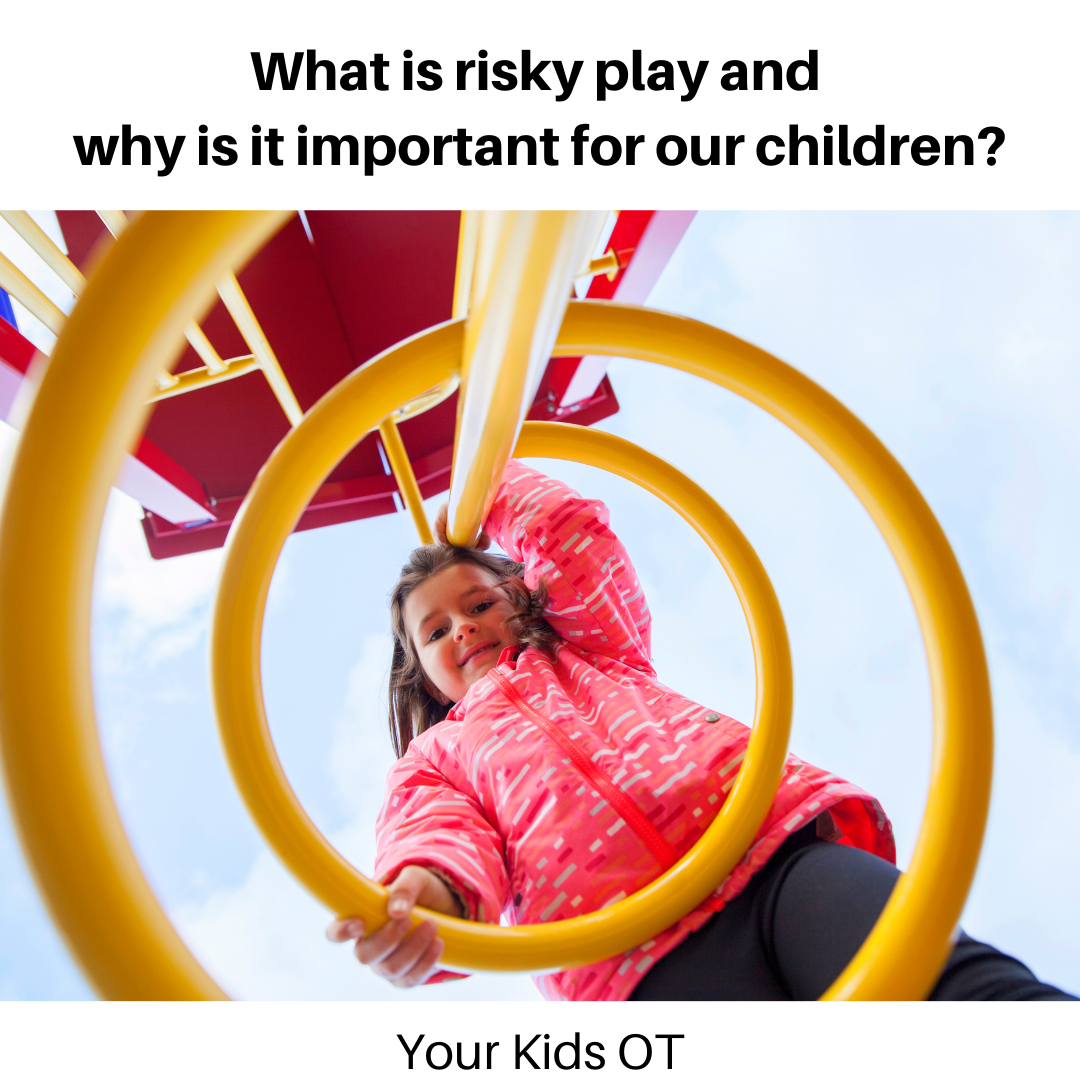
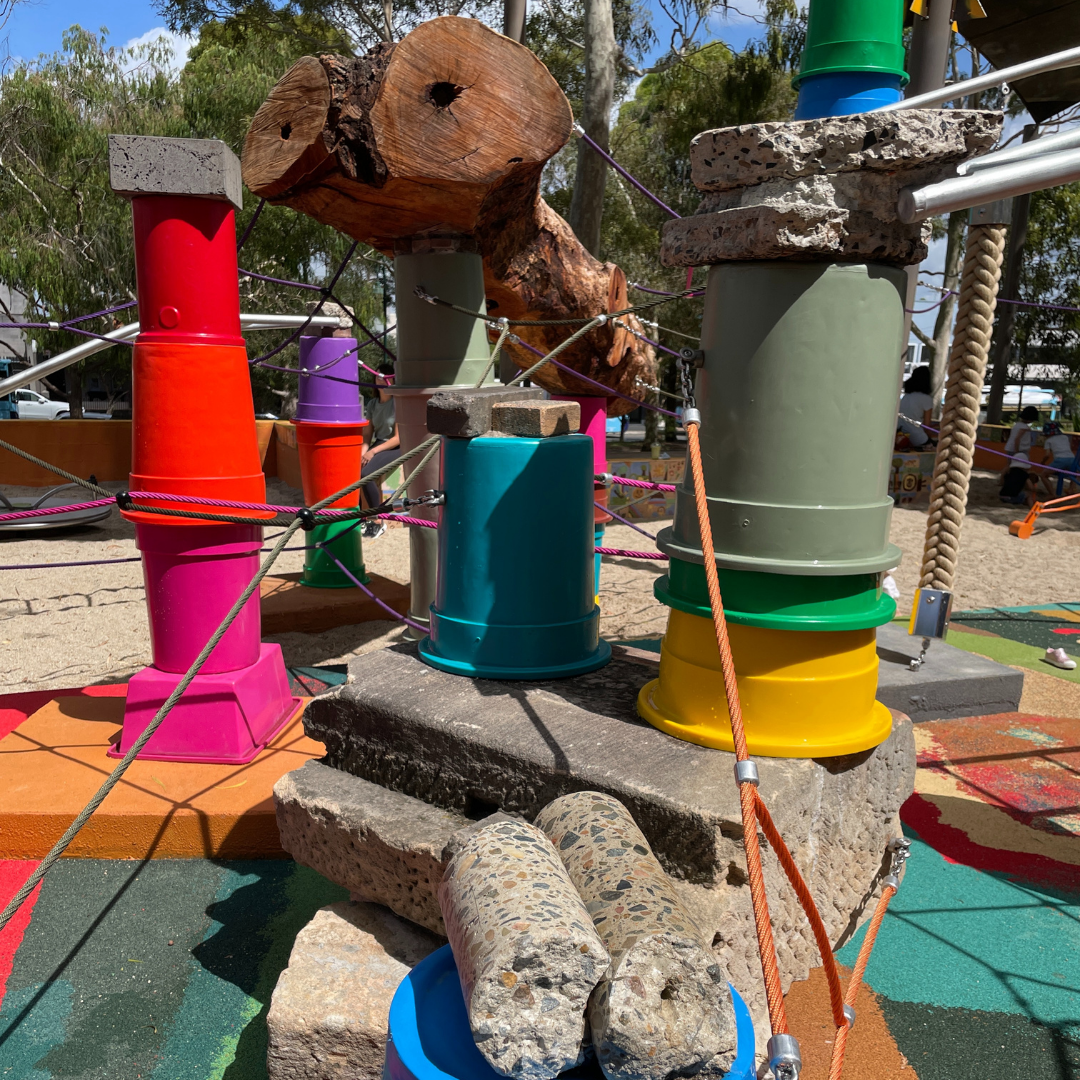
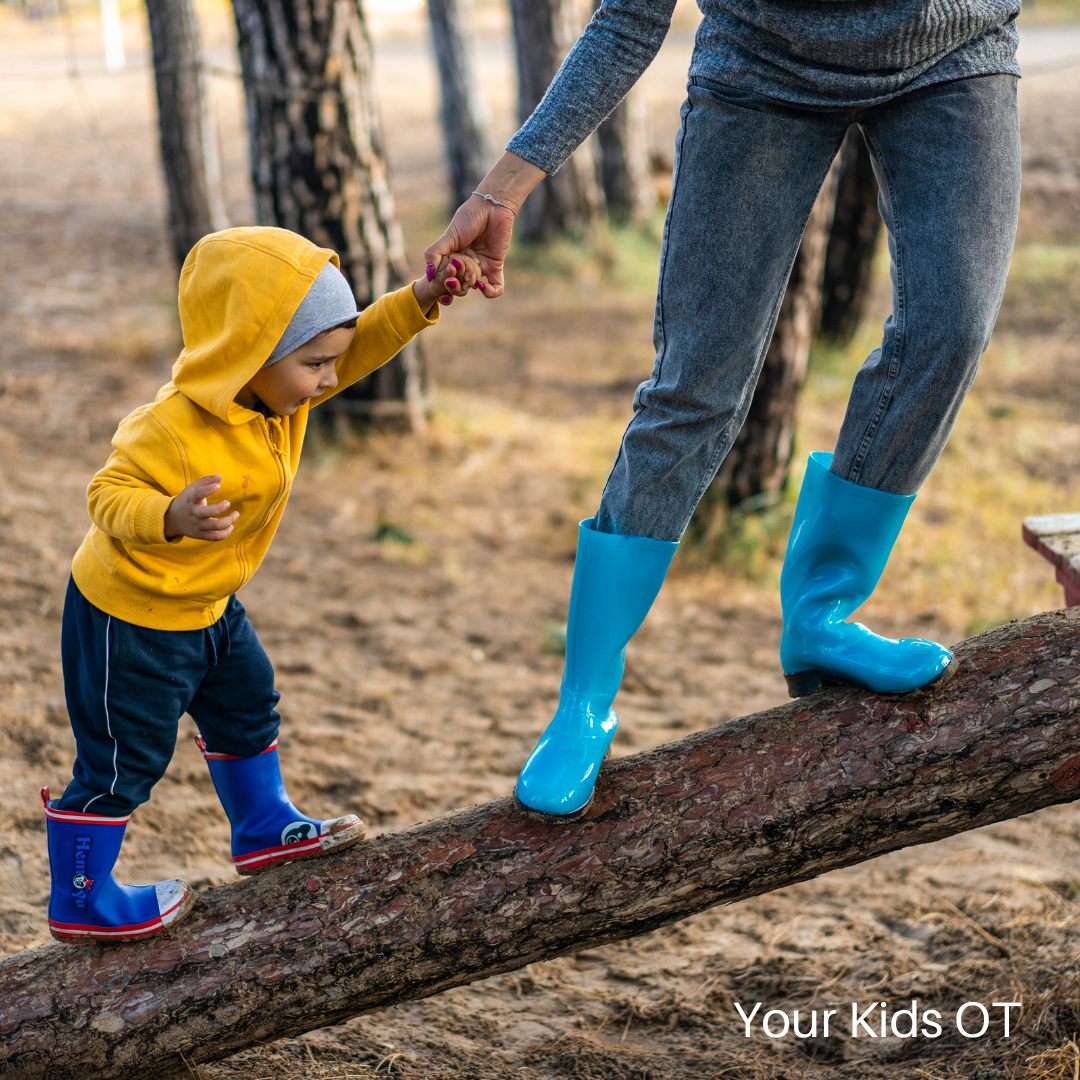

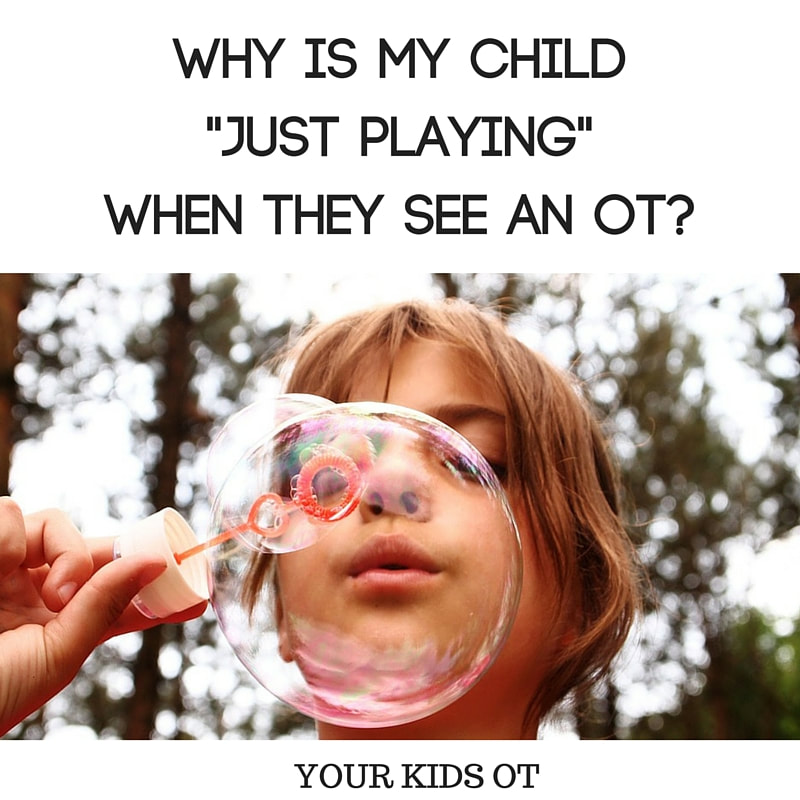
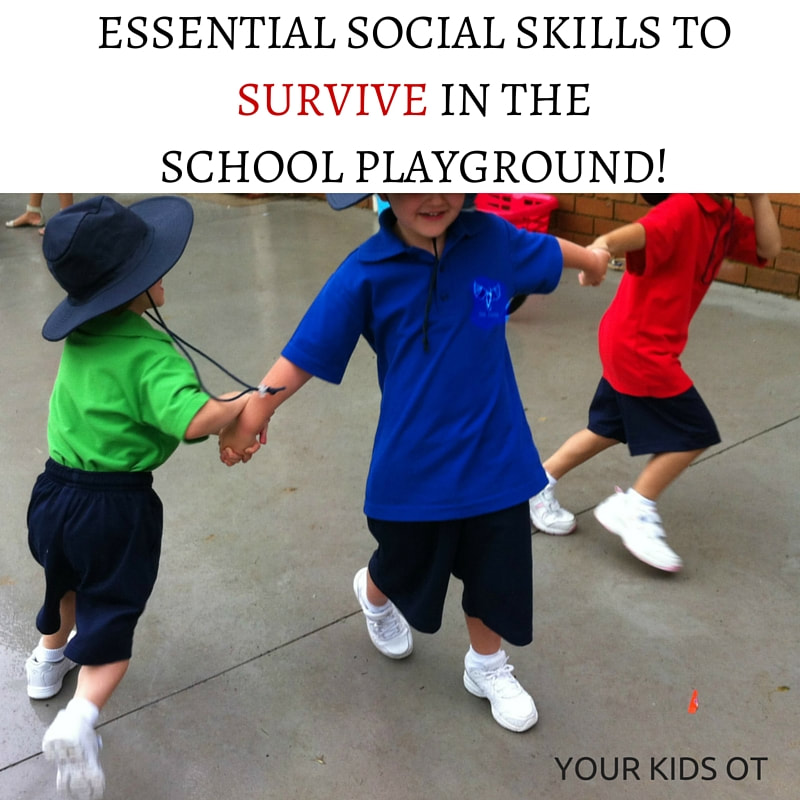
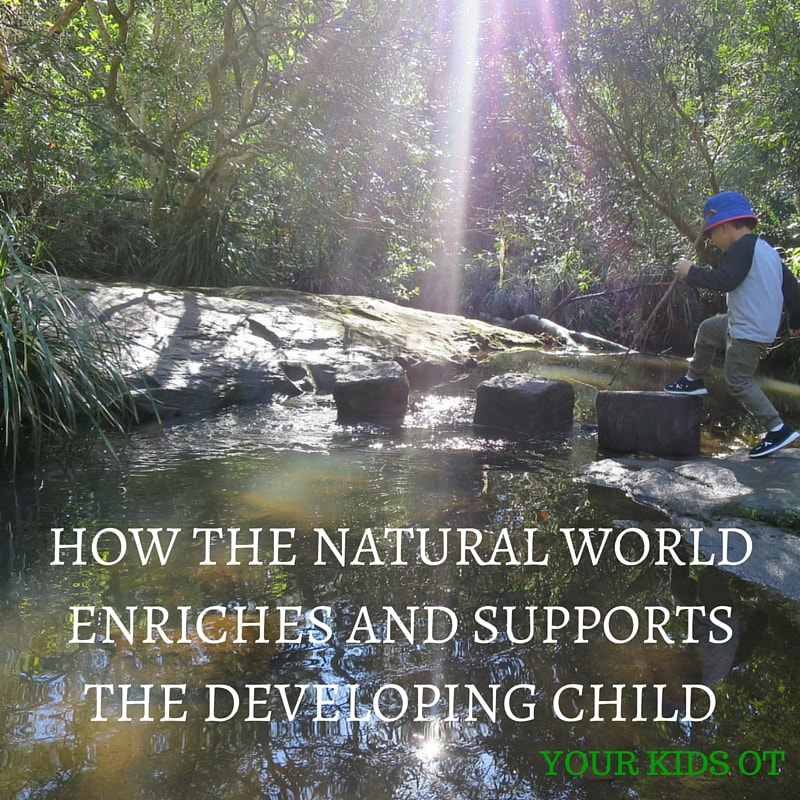
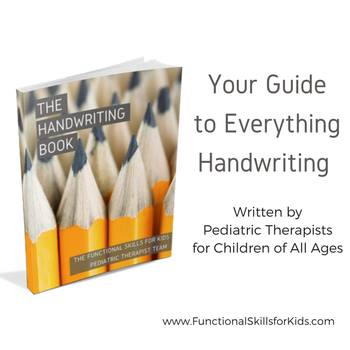
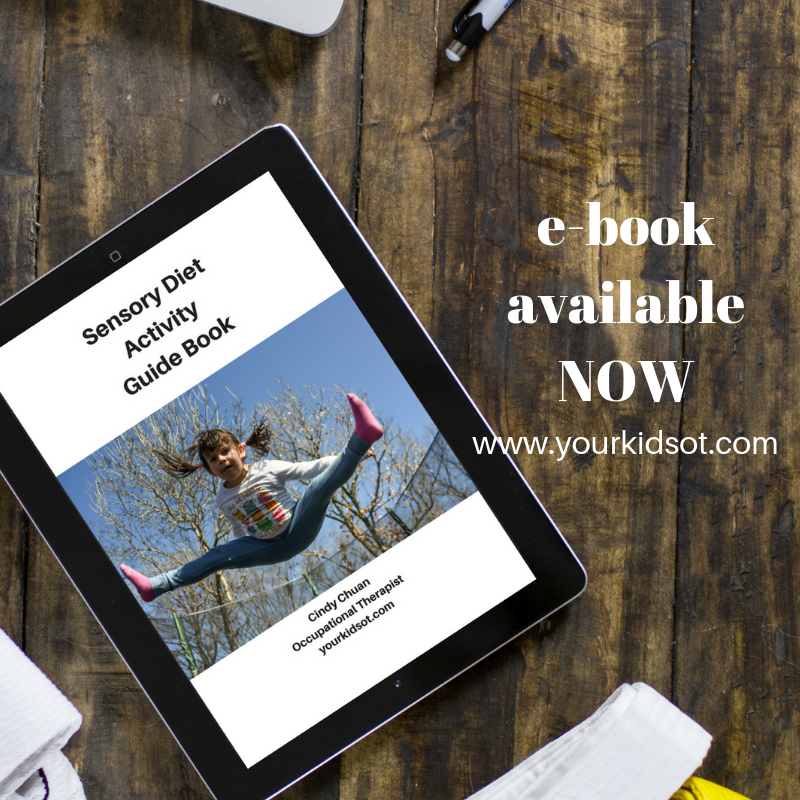
 RSS Feed
RSS Feed
